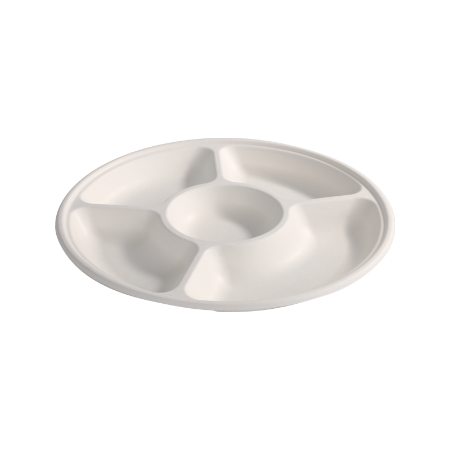Unlike fossil-based plastics that often end up in landfill, compostable packaging can be recycled into new products. Alternatively, it can be disposed of in a home or commercial composting facility.In the first stage, mesophilic microorganisms break down the material into finer, more manageable pieces. This process can happen over 12 weeks under ideal conditions like warm temperatures, moisture, oxygen and nutrients. When finished, the materials will look dark and crumbly like topsoil with an earthy smell.

A wide variety of plant-based and synthetic materials can be used to make compostable packaging, including hemp, cotton, paper and polylactic acid (PLA). Some of these materials are a little slower to decompose than others, so it's important to choose the right one for your needs.Benefits of compostable packaging.The main benefit of using compostable packaging is that it reduces the amount of carbon dioxide emitted during production and transport. It also helps to lower levels of pollution in the air, soil and groundwater.
It's a win-win for businesses and the environment! It sends a strong message to consumers that you care about the environment and that you're committed to sustainable business practices.Consumers are becoming more and more aware of the environment and their impact on it, and a conscious customer will always prefer to buy products that come in greener, more eco-friendly packaging. A 2018 study by leading data provider IRI found that 61% of shoppers consider green packaging when making a purchase, and that figure is likely to rise as younger generations are educated in an era of increased environmental awareness.
 Email: Maggie.ding@hl-jdb.com
Email: Maggie.ding@hl-jdb.com  Tel: +86-576-88175158;+86-576-88175158
Tel: +86-576-88175158;+86-576-88175158 
 中文简体
中文简体

.png)



.png)
.png)
.png)
.png)
.png)
.png)
.png)
.png)
